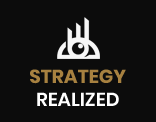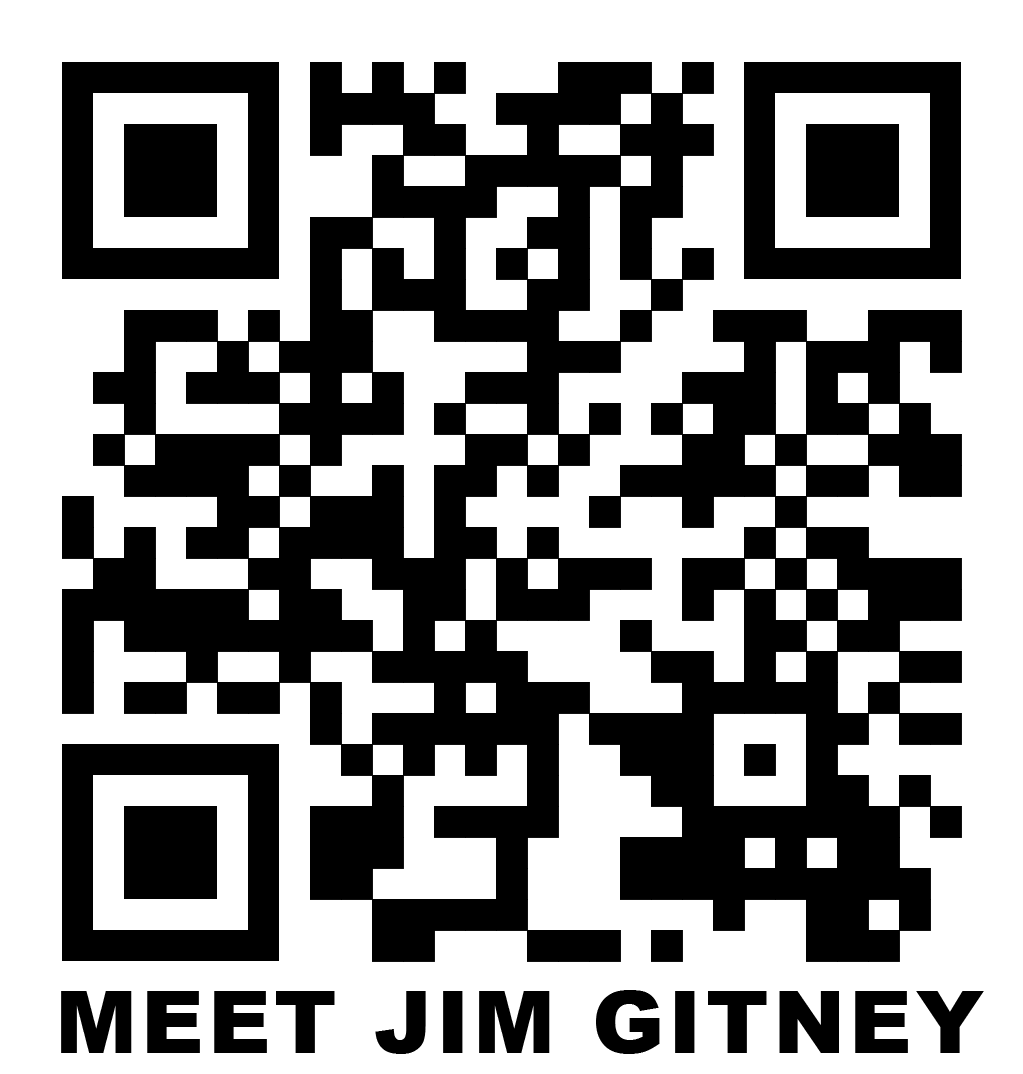Jim Gitney is the CEO of Group50® Consulting. He saw that the main reasons strategies didn’t work were a lack of strategic alignment and agreement across organizations and bad technology and business processes. As a result, Jim made the Business Hierarchy of Needs®, which he has used successfully as a framework for designing and implementing strategies. The Business Hierarchy of Needs® is made up of three levels, and each level is carefully and thoroughly explained. The board of directors and the senior leadership team are mostly in charge of Level 1. It provides a foundation for strategy, analysis, and planning. Level 2, known as “Knowledge and Chart Management,” serves as a bridge between strategy and results. It involves fully engaging all stakeholders, including alignment, agreement, skills, and team optimization. Middle-level leaders are mainly responsible for this level. Level 3, which is about implementing the strategy, is mostly the job of project teams, individual contributors, vendors, and process owners. It includes the application of technology, business process re-engineering, and tools.
This book shows how the different levels are connected and depend on each other. Skipping Level 1 or starting in the middle could lead to anti-strategy. And the incomplete development of Level 2 can result in poor leadership and ineffective change management, making it difficult to achieve desired outcomes. The book covers talent optimization, succession planning, and hiring practices. It also emphasizes the significance of having a clear mission, a vision statement, and strong values. This book will teach you how to set your Most Important Goal (MIG), conduct Gap analysis, and explore the three levels. The book also talks in depth about how technology affects almost every part of the Business Hierarchy of Needs®.
The author’s introduction in the preface of the book was immensely helpful in providing readers with a clear idea of what to expect. It made it much easier to follow along with the content that followed. I like how the author took the time to explain complicated business terms that not all readers might know. Terms such as RPA, Pareto Chart, Six Sigma, etc., were new to me, but the author provided their full meanings. Additionally, the author provided external links to resources like graphics, worksheets, workshops, and assessments that can help support the book. The author’s investment in the development of the readers is truly admirable. The author also clearly outlines what is required of the company at each level and breaks down all the concepts into simple terms that are easy to understand and implement.
Strategy Realized – The Business Hierarchy of Needs® – Turning Strategy Into Results by Jim Gitney focuses on developing and implementing effective strategies. The strategies in this book take an integrated approach to get real results, focusing on how important it is for people and organizations to work together.
The author introduces the strategic planning methodology called “Where to Play” and “How to Win” as critical tools used in the book. The methodology is designed to make it easier for leadership teams to communicate strategies effectively to all members of the organization, regardless of their position or educational background. The benefit of using this methodology is that strategies built on this concept are straightforward to communicate and define the role of each stakeholder. The author used real-life stories and examples to make the book more relatable and easier to comprehend. It is common for business books to become tedious with excessive jargon, but the author avoided this by presenting the information in a clear and concise way. In fact, the author listened to his readers’ feedback and simplified the book’s content to make it more accessible. The author provides examples of companies that have successfully implemented these strategies, making it evident that the methodology can be effective in various contexts.
This book provides a wealth of information and knowledge, making it a valuable resource for organizations, entrepreneurs, and businesses of all types and sizes. I highly recommend this book to business owners, executives, and corporations, as it is incredibly informative and practical. After reading the book, you will clearly understand how to create and implement your unique Business Hierarchy of Needs®, which can significantly benefit your organization. There is nothing I disliked about the book, and it was exceptionally well edited. Hence, I am rating it 5 out of 5 stars.

